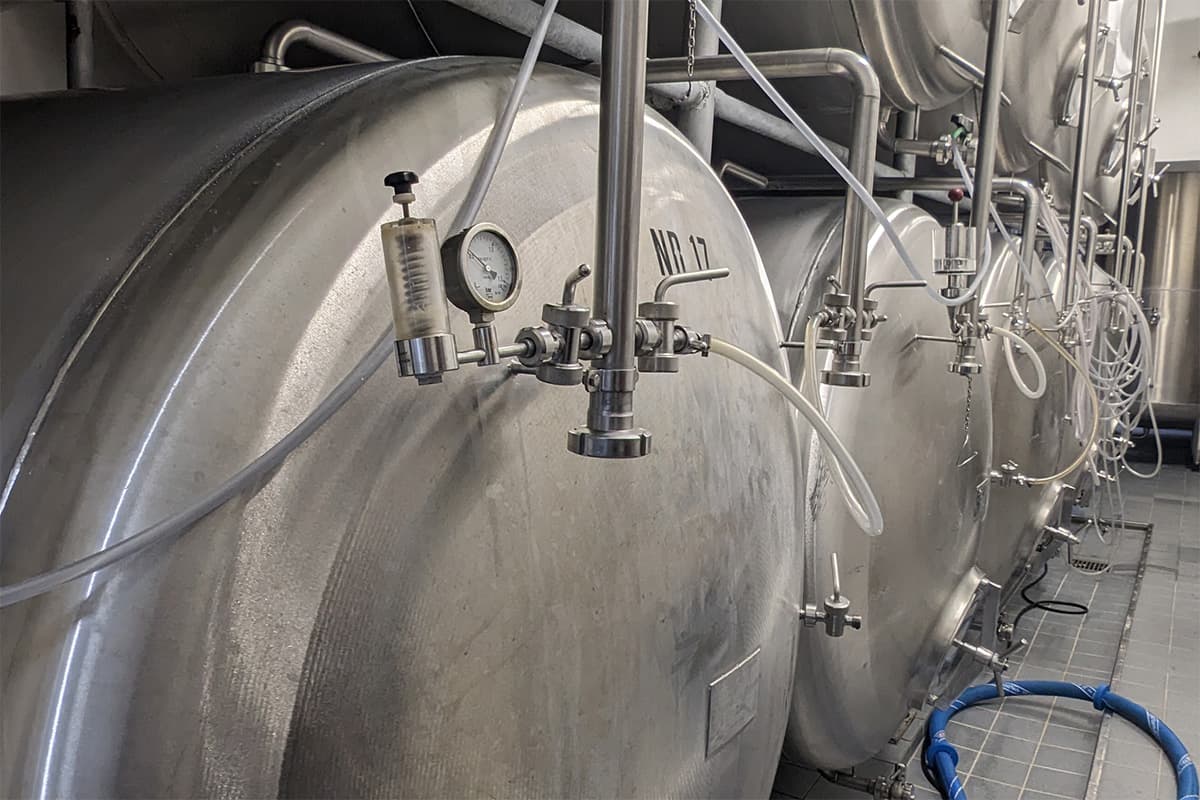
Invisible Inefficiencies: Optimizing CO2 in the Brewery
ALL ACCESSGaining visibility on your brewery’s use of carbon dioxide can help protect your team and the bottom line.
7 articles in this category

Gaining visibility on your brewery’s use of carbon dioxide can help protect your team and the bottom line.
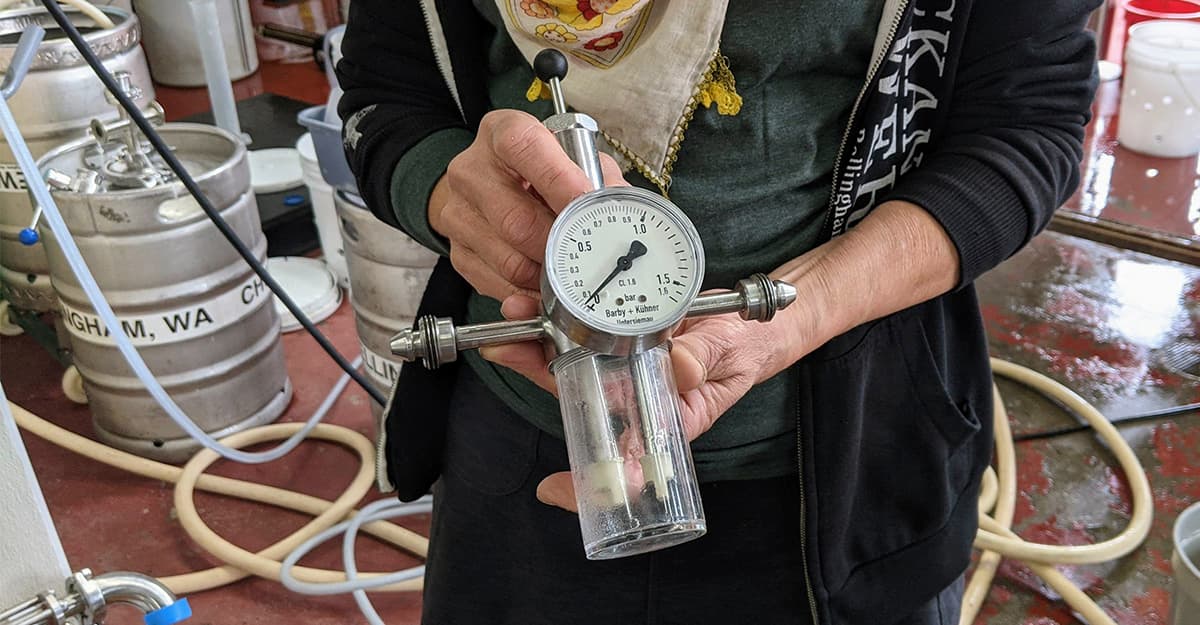
A method known to the largest lager brewers and many homebrewers remains relatively rare at small breweries—pressure fermentation. When properly applied, it can be an effective way to trim tank time and control the quality of cleaner-fermenting beers.
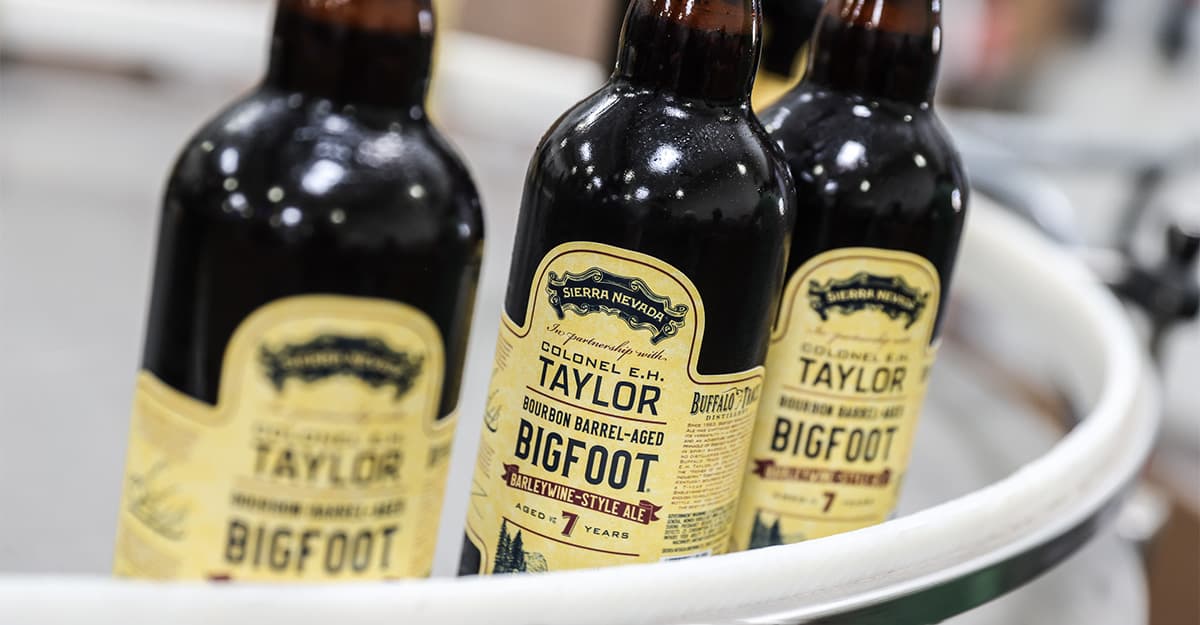
From ongoing cost pressures to a Sierra Nevada–Buffalo Trace collab, here are some recent news and announcements from around the industry.
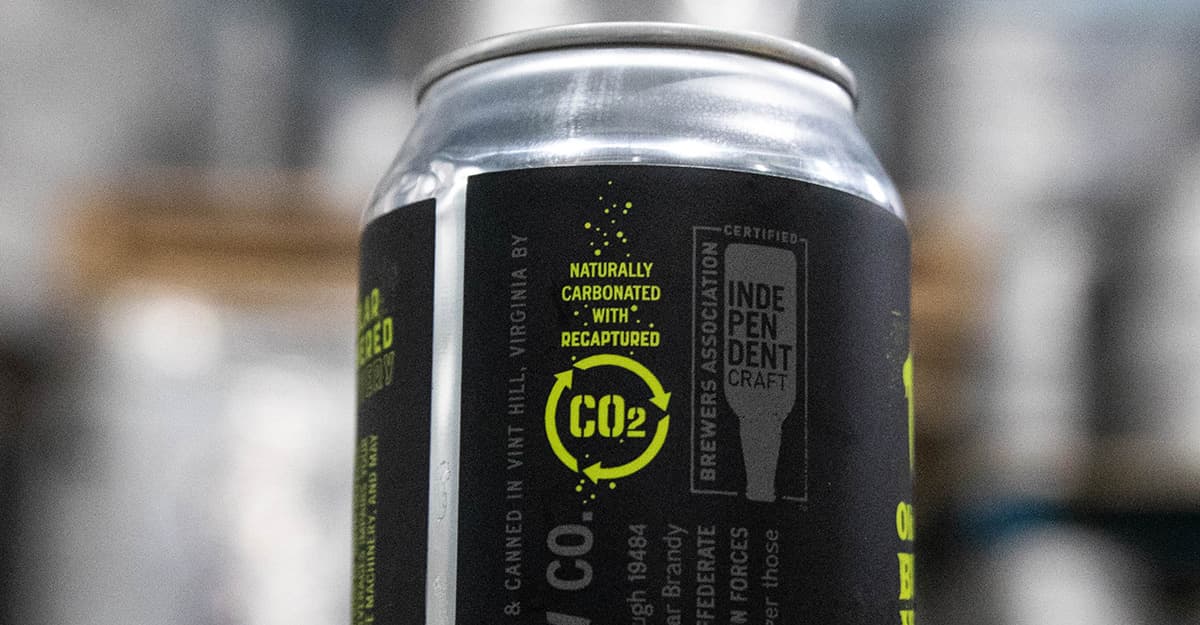
Whether we’re sucking it directly from the air or recapturing it from active fermentation, several factors—shortages, rising costs, and environmental concerns—are nudging more breweries away from dependence on external CO2 supply.
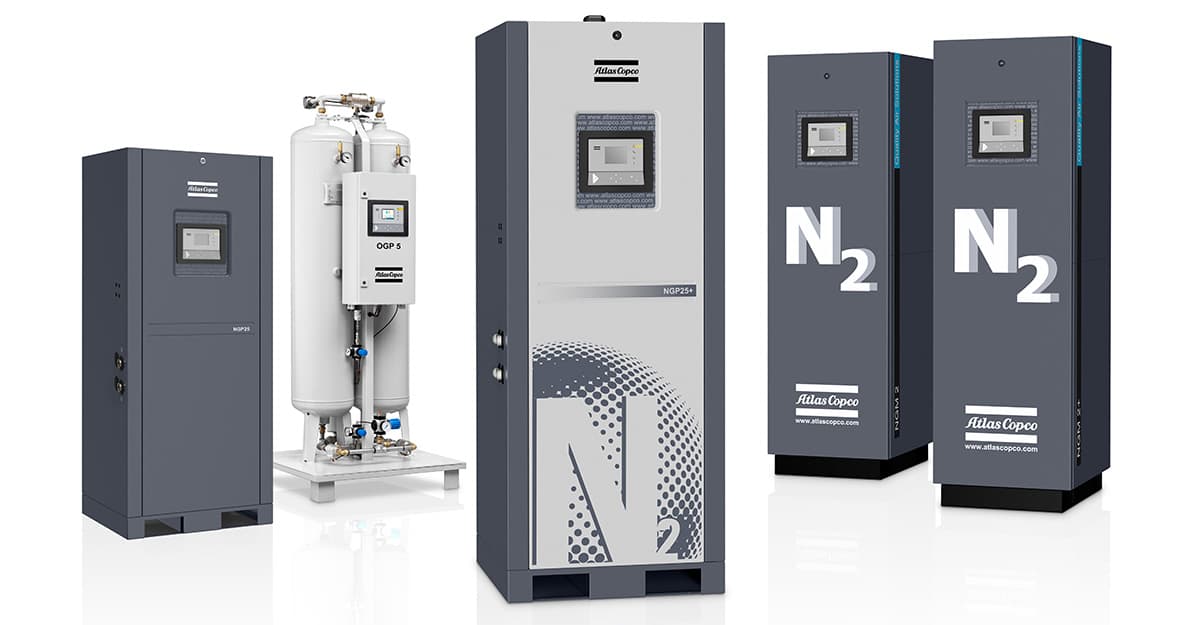
CO2 prices are spiking, allotments are limited, and suppliers don’t expect the shortage to let up until late fall at the earliest. Is it time to consider shifting to nitrogen in the cellar? Boston’s Dorchester Brewing offers an example and some guidance.
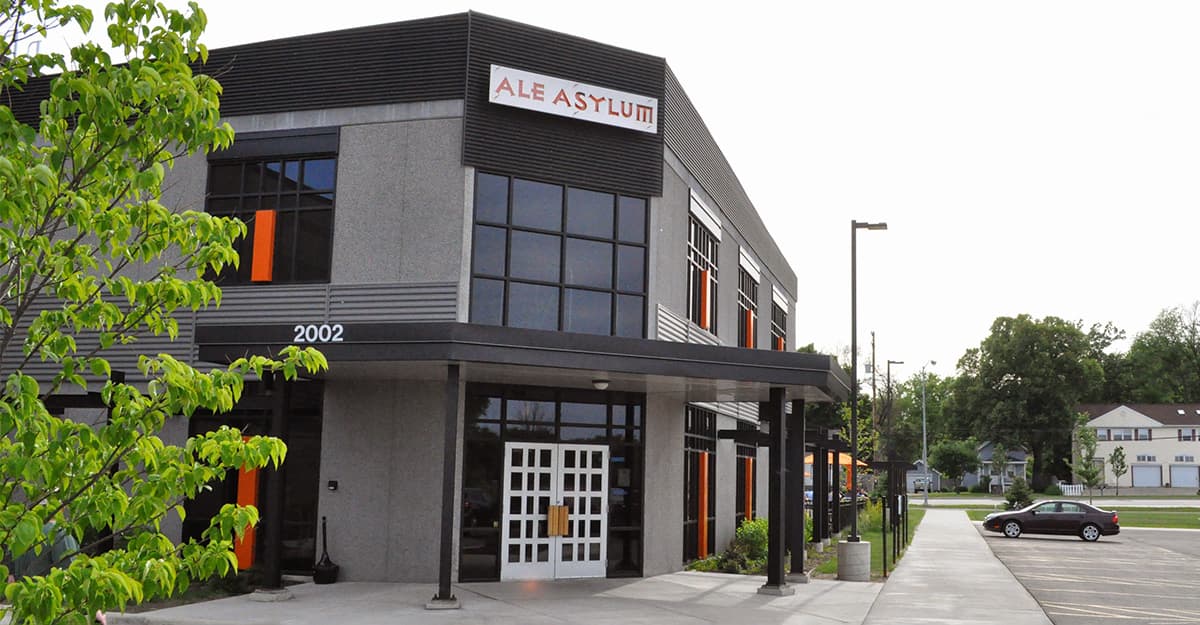
From software price hikes and CO2 scarcity to electrolytes and THC, here is a roundup of some recent news and announcements from around the industry.
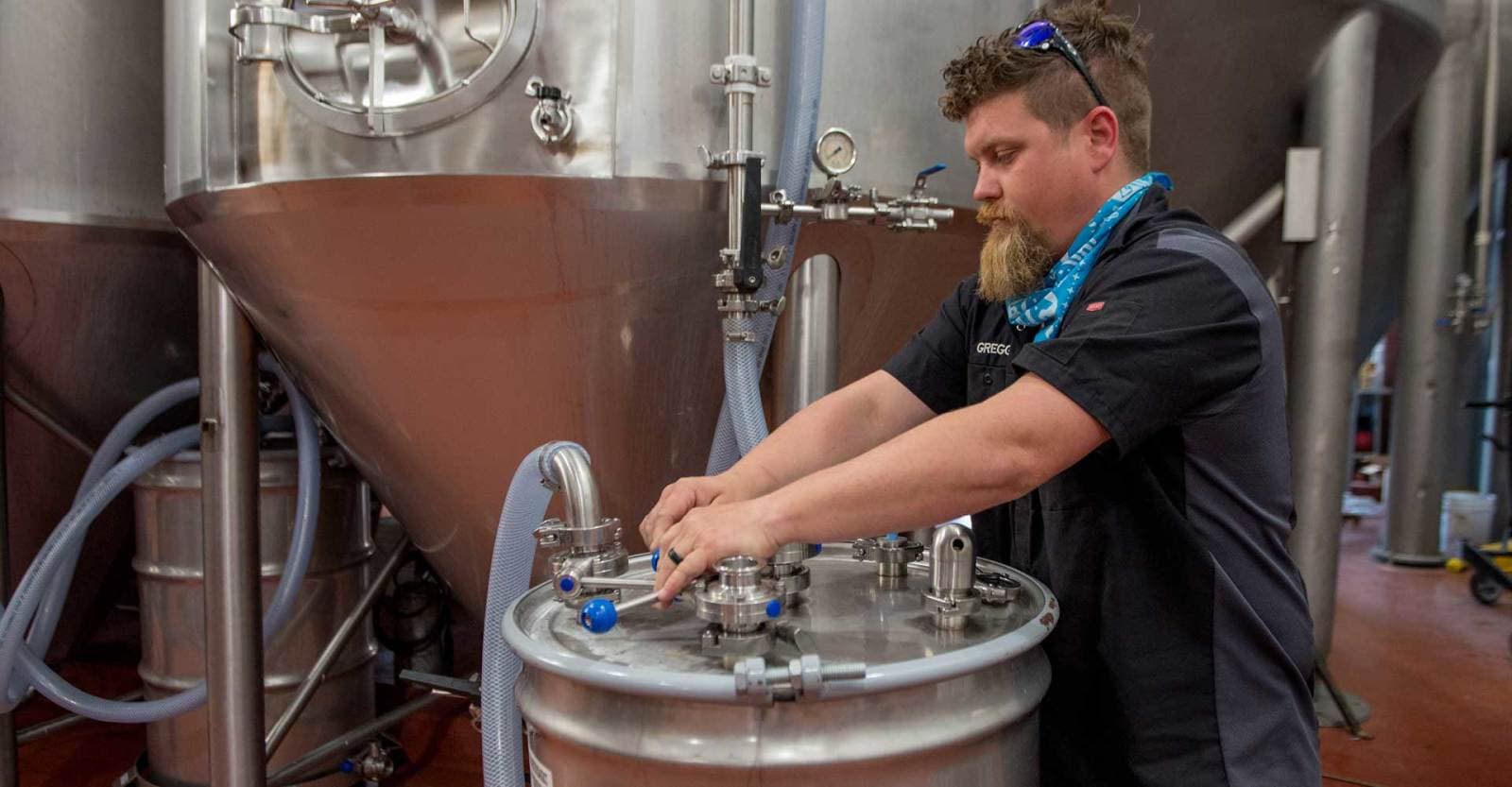
Brewers are dumping their blow-off buckets and reusing precious carbon dioxide rather than releasing it into the atmosphere. The benefits include cost savings, reducing greenhouse emissions—and, some say, better beer.